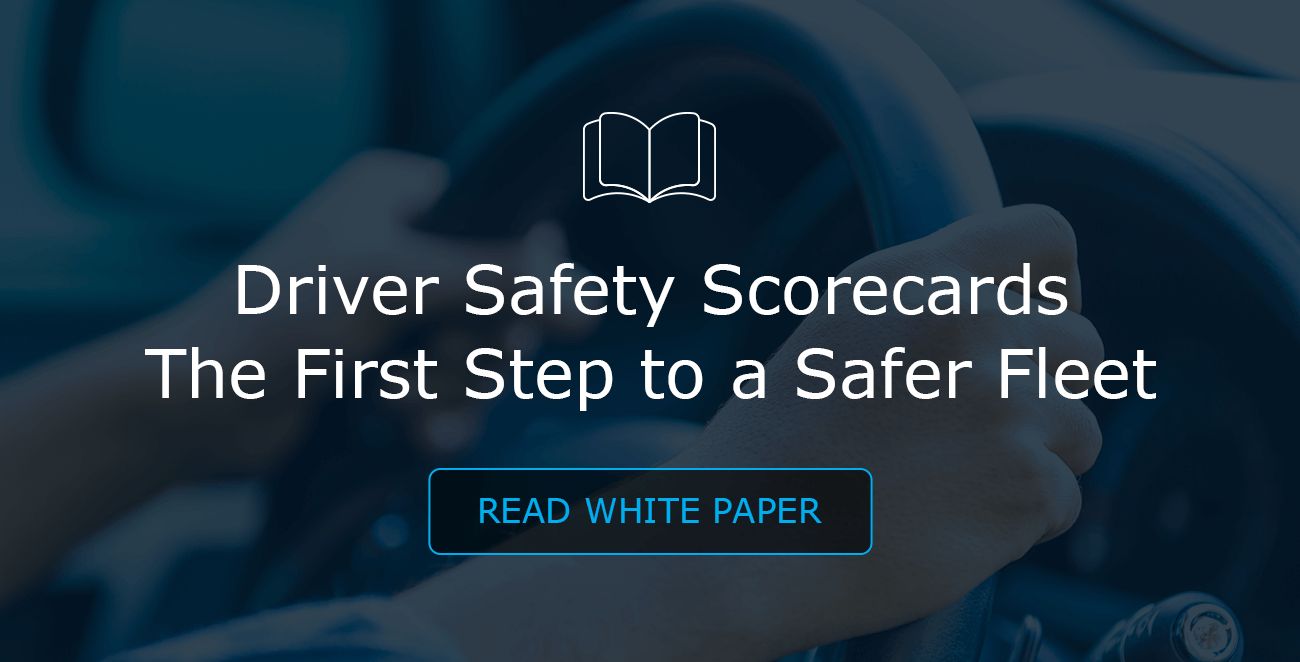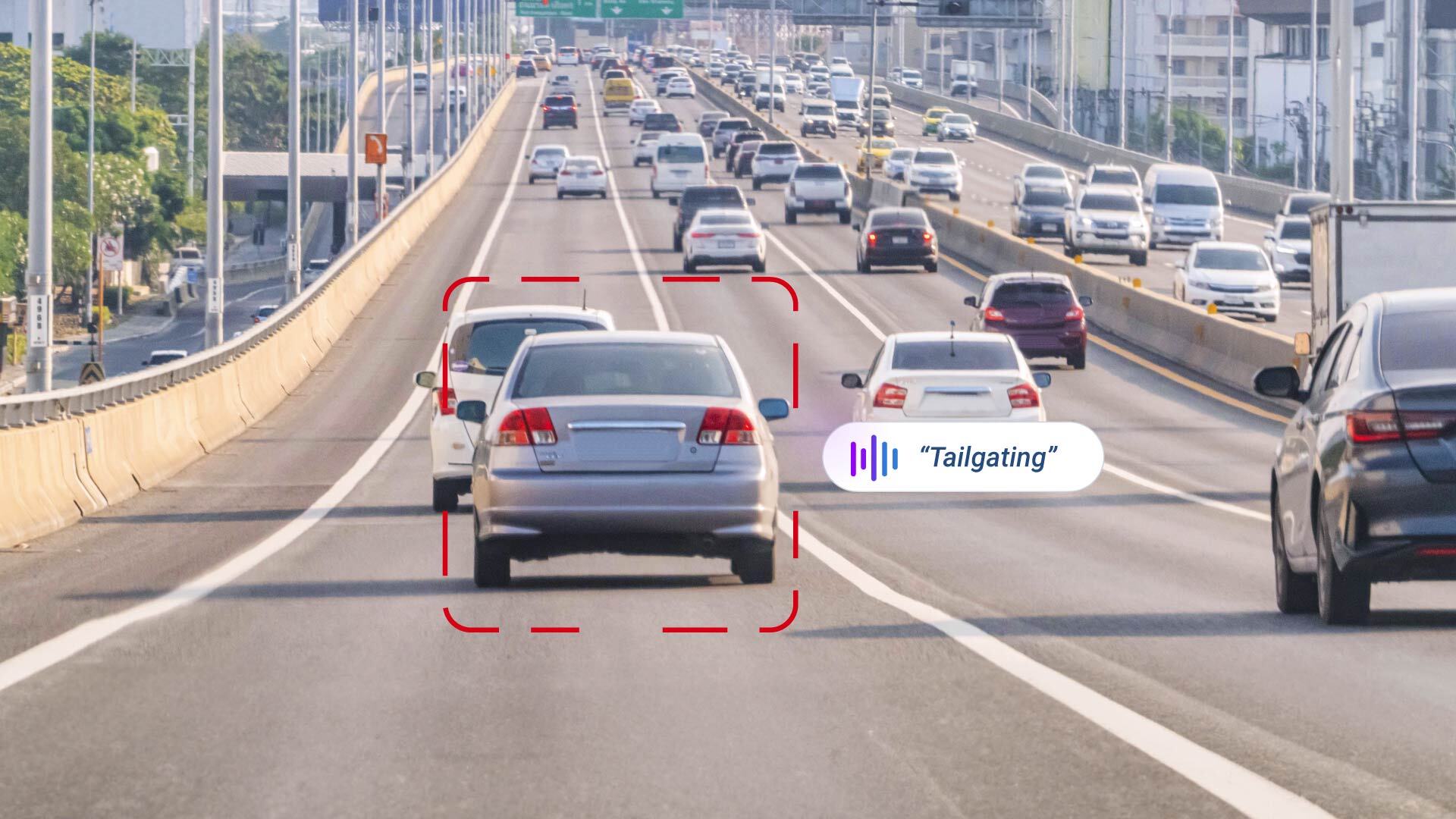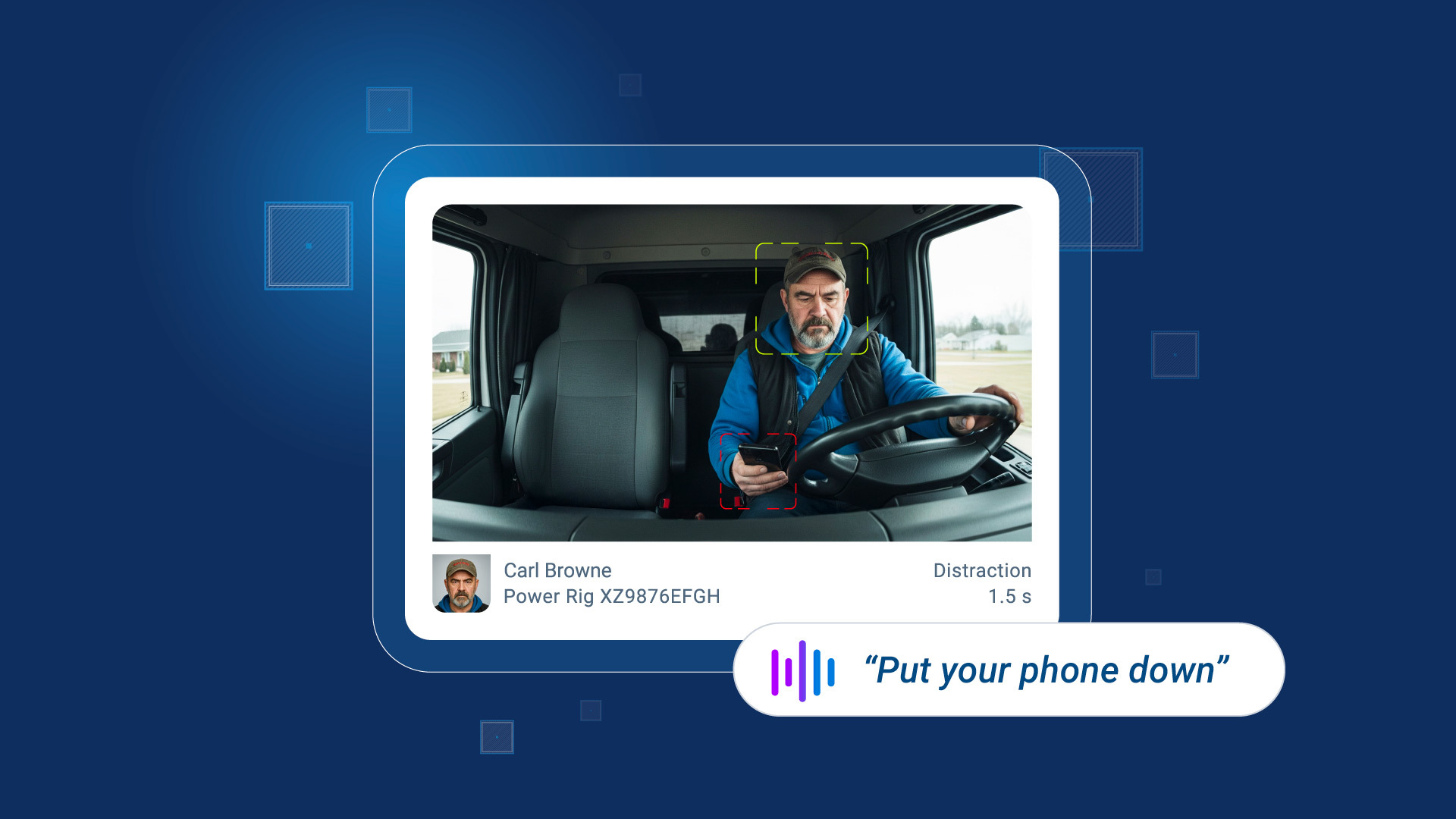The psychology of driving
We reveal the main types of driving personalities and solutions for managing them. Read about the psychology of driving.
By Geotab Team
Dec 28, 2023

Why do accidents occur? Reckless driving? Unforeseen circumstances? Unfamiliar territory? Whatever the reason, the open road reflects life by placing us in situations where we are forced to act and react in particular ways. Our past experiences and upbringing not only shape our worldview, perceptions, biases, and emotional tendencies, but ultimately, our driving habits as well. This is the psychology of driving.
For fleets, understanding this psychology is part of the responsibility that comes with fleet safety management. That’s because the decisions drivers make behind the wheel can reveal a great deal about who the driver is as an individual. More plainly, the decisions drivers make also compile their driving records, and therefore, level of risk.
Types of Drivers
In reading, I discovered several main types of driving personalities. Although driving behavior may change from day to day and depending on the situation, there are some general styles.
The Distracted Driver
This driver easily takes their eyes off the road while driving and is oftentimes caught daydreaming, looking at their phone, constantly changing the radio, reaching for objects, multitasking, etc. These drivers pose the greatest threat on the road and more than double their risk of crashing.
Solution: Drivers that are easily distracted should make a conscious effort to reduce the amount of in-vehicle distractions. Simply reducing their speed will not suffice.

The Rushed Driver
This driver frequently speeds, changes lanes and swerves around others in an effort to get where they need to be as fast as possible. This is an aggressive style of driving which can hold steep and dangerous consequences such as a possible collision, license suspension, vehicle impoundment, fines and more, depending on the jurisdiction and gravity of the offense.
Solution: For this driver, it’s all about time management. Give yourself enough time to get from A to B. This will reduce on-road stress as well as the likelihood of an accident.
The Emotional Driver
This driver lets anger, nervousness, sadness or other emotions take over their rational decision-making, and end up sacrificing everyone's safety as a result. Drivers with severe road rage make harsh and violent movements, which can lead to further issues by starting volatile confrontations with others. On the other hand, nervous drivers tend to be indecisive in their decision-making, often overuse their brakes and are likely to drive below the speed limit.
Solution: Remind drivers to be self-aware and to pay attention if they are getting too emotional while driving. A person’s driving habits are likely to change when angry, stressed or otherwise. So when this happens, tell drivers to take a deep breath, self-assess and pull over if necessary.

The New Driver
This driver is often young and will either be overconfident in their abilities or scared to be on the road. Neither is safe. A 2013 study by B. Reimer, B. Donmez, M. Lavallière, B. Mehler, J. F. Coughlin, and N. Teasdale which examined driving patterns in people in their 20s, 40s and 60s, found that drivers in their 20s and 40s are more likely to drive in the furthest left lane, whereas older drivers exhibit more conservative driving habits.
Solution: New drivers should ride-along with veterans as well as have a veteran or supervisor ride-along with them. This way they can get specialized attention, training and tips to being a safe fleet driver, as well as tips on defensive driving.
The Fatigued Driver
This driver is most often a long-distance truck driver attempting to stay awake and alert during the night. A 2007 study by International Road Transport (IRU) determined that 19% of single-truck crashes were at least in part caused by sleepiness. Another study by M. Pylkkönen, M. Sihvola, H.K. Hyvärinen, S. Puttonen, C. Hublin, and M. Sallinen (2015) found that long-distance truck drivers are more likely to experience “severe sleepiness” during their first night shift as opposed to others.
Solution: Fleet managers should be aware of drivers trying to push their limits and implement added measures to ensure driver alertness during night shifts. Building deliberate breaks into their schedule may also be needed. Read more here on Hours of Service regulations for trucking and technology for detecting driver fatigue.
Learn how Geotab can help you manage driver compliance.

Promoting safe driving habits among employees can help reduce the risk of accidents, as well as the accompanying costs and headaches. Read more in this post: How Fleet Managers Can Put the Brakes on Speeders
Avoiding Stereotypes While Driving
A topic not often mentioned when it comes to driver behavior and training is discouraging the use of stereotypes when making driving decisions.
To explain further, when a quick decision needs to be made, we are likely to take into account the other driver’s physical attributions into our decision-making. Is the driver male or female? Are they driving a new or old car? What type of driver do they appear to be? This is another aspect to the psychology of driving.
People tend to make snap judgements based on age, gender, etc., so talk to your drivers about being conscious of preconceived biases that could affect their decision-making. Instead, situational attributions should be taken into consideration. How fast is the car going? Is it speeding up or slowing down? Are they signaling? What is the traffic like? Are there pedestrians nearby?
Drivers must be self-aware of their thoughts and learned stereotypes regarding decisions on the road. Doing so allows them to more carefully assess the situation and prevent possible collisions.
Tips on Controlling Driving Habits
Fleet managers should also discuss unsafe driving habits with their drivers and provide them with tips on how to improve them. Below is an additional list of tips on how to control bad driving habits.
Simple Ways to Improve Driving:
- Listen to your car: If the car is struggling to keep up with the driver’s style of driving, then it’s probably time to reassess and adjust the driving behavior.
- Read the road conditions: It is important to be conscious of situational behaviours (road conditions) while driving. Drivers must take in account the road circumstances. What is the weather like? What is the terrain like? What is the traffic like? Are drivers near you swerving in and out of lanes? What is the speed of the traffic which surrounds you? Are you in the correct lane?
- Follow the rules of the road: Make sure drivers are aware of all the rules of the road, both government laws and rules of the company, via a driver’s handbook. This should also include safe driving reminders like not following too closely and the correct way to signal before a turn.
- Don’t forget the seat belt: It seems simple but remind drivers to always wear their seat belt.
Monitoring Driver Behavior
Management by Measurement. You cannot successfully improve driving habits if you do not keep track of them. Get a telematics device that will help you and others stay safe on the road. Individual users and fleets alike benefit from a telematics device that is able to help correct bad driving behaviours, while saving money and increasing productivity in an environmentally conscious way.
Human error will eventually be eliminated with the rise of autonomous vehicles but until such a time, we must be conscious of the decisions we make while behind the wheel. In this regard, it becomes increasingly important to monitor driving behaviour with the use of a reliable, scalable and secure telematics device.

Expand Your Driver Management Ecosystem
Geotab’s Marketplace is the place to go to improve driver productivity, safety, compliance and optimization. You can find a wide range of MyGeotab software Add-Ins and Add-Ons that connect to Geotab’s GO device, including Mobileye Advanced Collision Prevention and IOX- GOTALK.
Next Post: 6 Road Crash Statistics You Shouldn’t Ignore
References:
- C. Chambers. (2013 Aug. 19). Bad Driving: what are we thinking? The Guardian. [Online] Available: https://www.theguardian.com/science/head-quarters/2013/aug/19/driving-road-neuroscience-psychology
- Dr. L. James. (2012). Principles of Driving Psychology. Dr. Driving. [Online] Available: https://www.drdriving.org/articles/principles.htm
- Fleet News. (2017, Jan. 1). Mind your manners: How psychology and peer pressure affect driving attitudes. [Online] Available: https://www.fleetnews.co.uk/fleet-management/risk-management/mind-your-manners-how-psychology-and-peer-pressure-affect-driving-attitudes
- Pace Law. (2017, Apr. 4). What kind of driver are you? [Online] Available: https://pacelawfirm.com/the-psychology-of-driving/
- A. Kingston. (2016, Jan. 1). A new, and dangerous, kind of distracted driver. Maclean’s. [Online] Available: http://www.macleans.ca/society/the-most-dangerous-kind-of-distracted-driving/
- J. Finnerty. (2017, Aug. 9). Nervous drivers panicking at roundabouts and junctions are putting more than 2,000 people in hospital every year. The Sun. [Online] Available: https://www.thesun.co.uk/motors/4204412/nervous-drivers-panicking-at-roundabouts-and-junctions-are-putting-more-than-2000-people-in-hospital-every-year/
- Leng H., Lin Y., Zanzi L.A. (2007) An Experimental Study on Physiological Parameters Toward Driver Emotion Recognition. In: Dainoff M.J. (eds) Ergonomics and Health Aspects of Work with Computers. EHAWC 2007. Lecture Notes in Computer Science, vol 4566. Springer, Berlin, Heidelberg. [Online] Available: https://link.springer.com/chapter/10.1007/978-3-540-73333-1_30
- N. Guggenheim and O. Tubman. (2018 Jan.). Safe Driving Climate among Friends (SDCaf): A new scale. Accident Analysis & Prevention. Volume 110, Pages 78-85. [Online] Available: https://www.sciencedirect.com/science/article/pii/S0001457517303779
Subscribe to get industry tips and insights
The Geotab Team write about company news.
Table of Contents
Subscribe to get industry tips and insights
Related posts
.jpg)
.png)
AI dash cams vs. traditional: Which delivers better fleet safety?
December 8, 2025
5 minute read

Elevating Worker Safety Through Simplicity: The OK Alone Story
December 3, 2025
2 minute read

Geotab GO Focus Plus Camera Rules, Thresholds, and Event Buffers Explained
October 27, 2025
2 minute read

How AI dash cams help fleets tackle distracted driving and reduce collisions
October 23, 2025
4 minute read

How Geotab’s Predictive Safety Model helps fleets prevent collisions before they happen
October 17, 2025
2 minute read